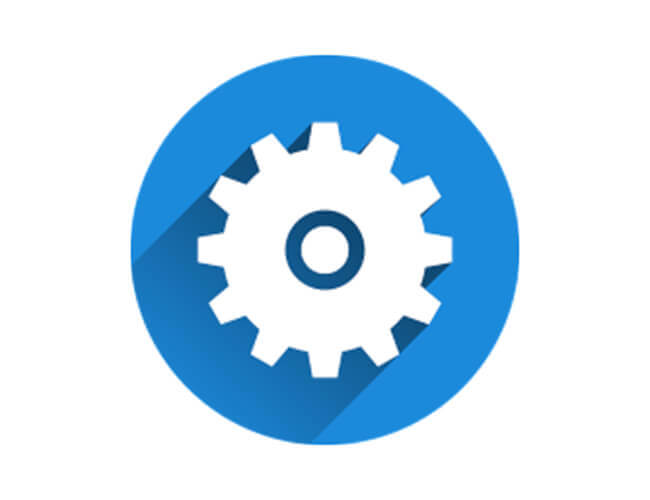When it comes to donations and grant management, effective communication – both to your donors and to internal development staff – is one of the keys to success. Keeping people in the loop when various donation events occur can be a surprisingly challenging – and often tedious – task. With Salesforce it’s possible to take a number of email communication processes, from the routine to important announcements, and automate their delivery. One way to easily automate email communications is by leveraging Workflows.
Workflows take processes that can be standardized and automate them when certain criteria are met. This can be especially useful for development teams, as they can use Salesforce to manage a host of tasks that would benefit from being automated (as opposed to relying on manual entry), such as automatically updating the close date for a major donation after its stage was updated to “Gift Received.” Emails can be automated in a similar fashion – for example, an email could automatically go out to select development officers when an online donation greater than $5,000.00 comes in.
Today, we’ll explore three different workflows that help automate internal communications.
Notify the development team when a major gift (a donation that is $5,000 or higher) comes in from an online donor.
If you have an online donation form, Salesforce can be set up to automatically generate Opportunity records once an online donation was successfully processed. Workflows can be triggered three different ways: if a record is created; if a record is created or edited; or if a record is created or edited to subsequently meet the assigned criteria (in short, this means the workflow won’t run if edits made to the record in question are unrelated to the workflow criteria). With online donations creating new Opportunity records, the workflow would trigger as long as the donation is at least $5k or larger – at which point an email would go to any number of people you designate on your development team. Automations like this are great for online donation tracking so you’ll always know when a major gift donation arrives.
Alert a grant manager when a grant deliverable is coming due.
Automated emails can be useful in making sure documentation related to grant management is submitted and reviewed in a timely fashion. Since most grants have interim reports and a final report that would be submitted to the grantor, workflows can be established to alert report writers and their managers when they are coming up for submission. This kind of automation would rely on the due dates for each report to know when such emails would go out. Like most things in Salesforce, you would have control over the frequency of these emails, how early they would initially go out to the report writer, and what would happen if the due date comes and goes, but no report is submitted.
Make sure “Thank You” letters are received by your major donors by alerting a portfolio manager if a donation that came in 24 hours ago was not acknowledged – or have Salesforce send that email for you!
Acknowledgements for major donations ensures that the donor not only knows that their contribution to your nonprofit’s cause was received, but that you appreciate all the help they can give. Though it’s a small gesture, “Thank You” letters can go a long way towards further solidifying relationships and can potentially lead to donors giving frequently. Unlike the previous two scenarios, this workflow would be triggered when the stage of an Opportunity changes from a stage that would reflect an open Opportunity to one that reflects a closed-won Opportunity (as opposed to closed-lost) – examples of stage values that could trigger this workflow are “Gift Received” or simply “Closed Won”. By tying this workflow to the stage of the Opportunity, it ensures that “Thank You” letters only automatically go out when the donation is officially in your hands. On a related note, you can have the language of the email be different based on the value of the donation that closed – what you may say in response to a $5k donation may be different from how you’d address a $100k donation.
Workflow automations can bring a wide range of benefits to a nonprofit organization’s fundraising capabilities – keeping internal staff in the loop on various events via automated email communications is just one (significant) use of Salesforce workflows. And in today’s world of Salesforce, a new duo on the block, the Process Builder and Flows, brings even more flexibility and control – without code – to nonprofits looking to automate even more manual functions. With workflows, you can now focus more energy in cultivating relationships with donors and less energy chasing down missing grant reports and typing up emails to the team when a large donation was cleared!
You might also be interested in these posts as well:





